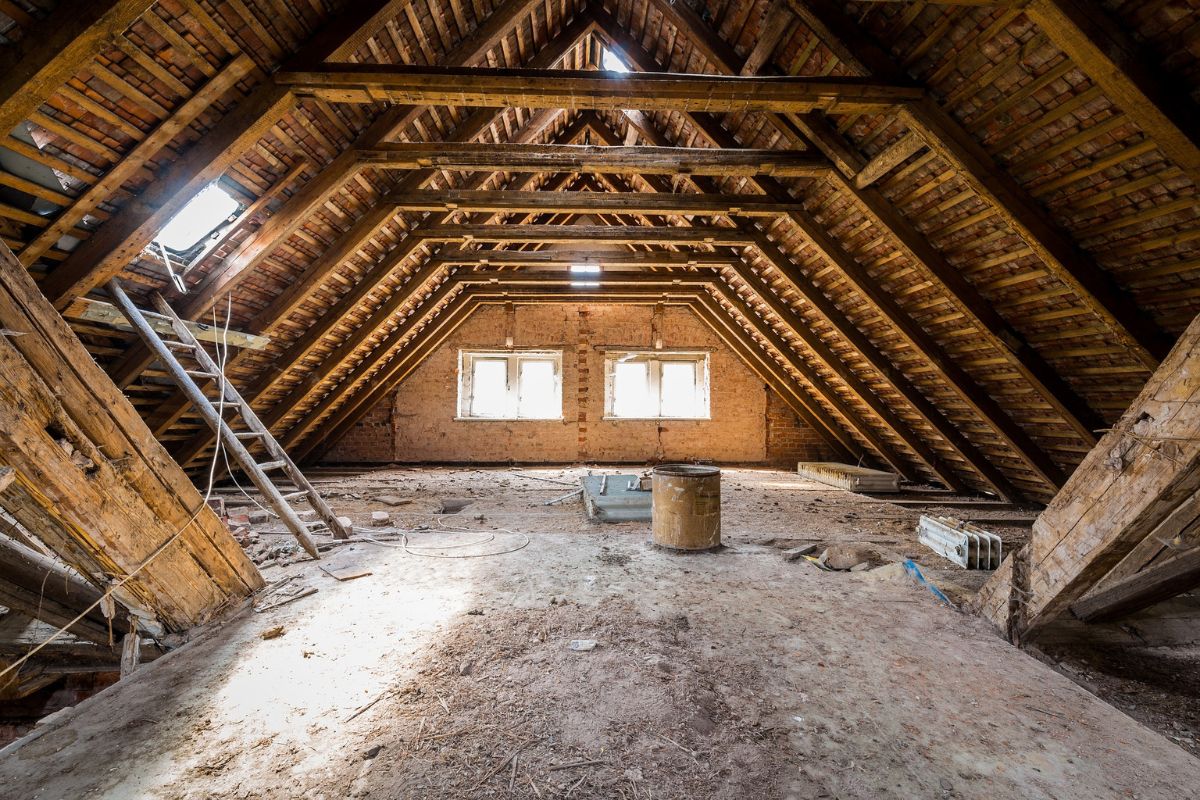

Articles
Which Type Of Insulation Is Best For Attic
Modified: December 7, 2023
Discover the best type of insulation for your attic with our informative articles.
(Many of the links in this article redirect to a specific reviewed product. Your purchase of these products through affiliate links helps to generate commission for Storables.com, at no extra cost. Learn more)
Introduction
Welcome to the world of attic insulation! If you’re considering insulating your attic, you’re on the right track to improving the energy efficiency and comfort of your home. Attic insulation plays a crucial role in keeping your home cool in the summer and warm in the winter by preventing the escape of conditioned air and blocking the ingress of unwanted outdoor air.
When it comes to choosing the best type of insulation for your attic, there are several options available, each with its own set of advantages and considerations. In this article, we will explore the various types of insulation commonly used in attics and help you make an informed decision about which one is best suited for your needs.
Before we dive into the specifics of each insulation type, it’s important to understand the key factors to consider when choosing attic insulation:
- Insulation R-value: This refers to the effectiveness of insulation in resisting heat transfer. The higher the R-value, the better the insulation’s thermal performance.
- Moisture resistance: Attics are prone to moisture buildup, so it’s crucial to choose insulation that can resist moisture and prevent mold growth.
- Fire resistance: Some insulation materials have better fire resistance properties than others.
- Installation cost and complexity: Consider the cost of the insulation material itself, as well as the cost and complexity of the installation process.
- Environmental impact: Some insulation materials are more eco-friendly and sustainable than others.
Now that we have a better understanding of what to look for, let’s explore the different types of insulation options for attics.
Key Takeaways:
- Choose spray foam insulation for superior thermal performance and air sealing, but be prepared for higher installation costs and potential environmental impact.
- Consider cellulose insulation for eco-friendly and cost-effective attic insulation with excellent thermal resistance and moisture control, but be cautious in extremely cold climates.
Read more: Which Way Does Insulation Face In Attic
Spray Foam Insulation
Spray foam insulation is a popular choice for attic insulation due to its excellent thermal performance and the ability to effectively seal air leaks. It is made by mixing two chemical components that react and expand to create a foam-like substance.
One of the key advantages of spray foam insulation is its ability to conform to irregular and hard-to-reach areas in the attic, providing a complete air barrier. This helps to prevent heat transfer through conduction and convection, keeping your home comfortable and energy-efficient.
Another benefit of spray foam insulation is its high R-value. Closed-cell spray foam has an R-value of around 6.5 per inch, while open-cell spray foam has an R-value of around 3.5 per inch. This high thermal resistance makes spray foam insulation one of the most effective options for insulating your attic space.
In addition to its insulation properties, spray foam also acts as an effective sound barrier, reducing noise transfer from outside sources to the interior of your home. This can significantly improve the overall comfort and livability of your living spaces.
However, it’s important to consider some potential drawbacks of spray foam insulation. Firstly, the installation of spray foam insulation requires professional expertise and specialized equipment. This can result in higher installation costs compared to other insulation options.
Furthermore, spray foam insulation is not a DIY-friendly option, as it requires careful application and knowledge of the mixing ratios. Improper installation can lead to issues such as off-gassing, which may impact indoor air quality.
In terms of environmental impact, spray foam insulation contains chemicals known as volatile organic compounds (VOCs), which can have a negative impact on air quality and the environment. However, there are eco-friendly and low-VOC options available that minimize these concerns.
Overall, spray foam insulation offers excellent thermal performance, air sealing capabilities, and sound insulation, making it a top choice for attics. However, it’s important to consider the installation cost, potential environmental impact, and the need for professional installation before making a decision.
Fiberglass Insulation
Fiberglass insulation is one of the most common and widely used types of insulation for attics. It is made of tiny glass fibers that are spun together to create a mass of insulating material.
One of the main advantages of fiberglass insulation is its affordability. It is relatively inexpensive compared to other insulation options, making it a popular choice for homeowners on a budget. Additionally, it is easy to install, which makes it suitable for DIY projects.
Fiberglass insulation also has a high R-value, typically ranging from 2.2 to 2.7 per inch. This means that it provides effective thermal resistance and helps to prevent heat transfer in and out of your home.
Another benefit of fiberglass insulation is its ability to resist moisture. It is not easily affected by water and does not promote the growth of mold or mildew when properly installed and maintained.
One potential drawback of fiberglass insulation is its tendency to settle and lose its effectiveness over time. Over years of use, the insulation can become compressed, reducing its R-value and thermal performance. Regular maintenance and inspections are necessary to ensure that the insulation is properly installed and functioning optimally.
Furthermore, fiberglass insulation can be irritating to the skin, eyes, and throat if not handled with caution. It is important to wear protective clothing and a mask during installation to minimize exposure to these tiny glass fibers.
In terms of environmental impact, fiberglass insulation is primarily made from recycled glass, reducing the demand for new raw materials. Additionally, it is considered a relatively sustainable option as it can be recycled at the end of its lifespan.
Overall, fiberglass insulation is an affordable and widely available option for attic insulation. Its high R-value, moisture resistance, and ease of installation make it a popular choice for homeowners. However, regular maintenance and proper handling are necessary to ensure its long-term effectiveness.
Cellulose Insulation
Cellulose insulation is an eco-friendly and cost-effective choice for attic insulation. It is made from recycled paper products, such as newspapers and cardboard, which are treated with fire-retardant chemicals to enhance their resistance to flames.
One of the major benefits of cellulose insulation is its high R-value. It provides excellent thermal resistance, typically ranging from 3.2 to 3.8 per inch. This means that it effectively prevents heat transfer and helps to maintain a comfortable indoor temperature.
Cellulose insulation is also known for its superior air sealing capabilities. The small particles of cellulose can fill gaps and crevices in the attic, creating an effective barrier against air leakage. This helps to improve energy efficiency and reduce heating and cooling costs.
Another advantage of cellulose insulation is its ability to absorb and release moisture, providing moisture control in the attic. It helps to prevent condensation and the growth of mold or mildew, contributing to a healthier indoor environment.
When it comes to installation, cellulose insulation can be blown or sprayed into the attic space. This allows for easy coverage of irregularly shaped areas and provides a seamless layer of insulation.
However, there are a few considerations to keep in mind when choosing cellulose insulation. Firstly, it is important to ensure that the insulation is properly treated with fire-retardant chemicals to meet fire safety codes. This will help to minimize the risk of fire spreading in the event of an incident.
Additionally, cellulose insulation is not as effective as some other insulation types in preventing air movement through convection. It may not be the ideal choice for extremely cold climates where convection plays a significant role in heat loss.
In terms of environmental impact, cellulose insulation is considered a sustainable option. It is made from recycled materials, reducing the demand for new resources. Additionally, it can be recycled at the end of its lifespan, further minimizing its environmental footprint.
Overall, cellulose insulation offers excellent thermal performance, air sealing capabilities, and moisture control. Its eco-friendly nature and cost-effectiveness make it a popular choice among environmentally conscious homeowners.
When choosing insulation for your attic, consider factors such as R-value, moisture resistance, and ease of installation. Fiberglass and spray foam are popular choices for their effectiveness and versatility. Conduct thorough research and consider consulting with a professional to determine the best option for your specific attic needs.
Reflective Insulation
Reflective insulation is a unique type of attic insulation that utilizes a reflective material to reduce heat transfer. It consists of a layer of material, often aluminum foil or a metallic film, which reflects radiant heat away from the living space.
One of the main advantages of reflective insulation is its ability to effectively block radiant heat. This type of heat transfer occurs when the sun’s rays heat up the roof surface, and that heat is transferred into the attic. Reflective insulation helps to keep the attic cooler by reflecting the radiant heat back outwards, reducing the load on the air conditioning system.
Reflective insulation is typically installed on the underside of the roof, directly above the attic insulation. It can be used in conjunction with other insulation materials to enhance the overall thermal performance of the attic.
One of the key benefits of reflective insulation is its durability. Unlike some other insulation types that may settle or degrade over time, reflective insulation maintains its effectiveness for many years. It does not compress or lose its reflective properties, providing long-lasting energy savings.
Another advantage of reflective insulation is its ease of installation. It can be installed as a roll or as sheets, making it a relatively simple and quick DIY project. However, it is important to ensure proper installation with no gaps or overlaps to maximize its effectiveness.
While reflective insulation is effective in reducing radiant heat transfer, it may not provide adequate insulation against other forms of heat transfer, such as conduction and convection. Therefore, it is often used in combination with other insulation materials to achieve optimal thermal performance.
When it comes to environmental impact, reflective insulation is a sustainable option. It is typically made from recycled or recyclable materials, reducing the strain on natural resources. Additionally, its ability to reduce energy consumption can contribute to lower carbon emissions and a greener home.
In summary, reflective insulation offers an effective solution for reducing radiant heat transfer in the attic. Its durability, ease of installation, and environmental benefits make it an attractive choice for homeowners looking to improve energy efficiency and comfort.
Mineral Wool Insulation
Mineral wool insulation, also known as rock wool or stone wool insulation, is a versatile and effective option for attic insulation. It is made from natural minerals, typically basalt or slag, which are melted and spun into fibers to create a dense insulation material.
One of the key advantages of mineral wool insulation is its excellent fire resistance. Due to its high melting point, it can withstand extremely high temperatures without releasing toxic fumes or contributing to the spreading of flames. This makes it a safe choice for attics and helps to enhance the overall fire safety of your home.
Mineral wool insulation also offers superior soundproofing capabilities. Its dense and fibrous structure helps to absorb sound waves, reducing noise transmission between different areas of your home. This can greatly improve the acoustic comfort of your living spaces.
In terms of thermal performance, mineral wool insulation has a relatively high R-value, typically ranging from 3.0 to 3.3 per inch. This means that it effectively resists heat transfer and helps to maintain a comfortable indoor temperature throughout the year.
Another advantage of mineral wool insulation is its ability to resist moisture and mold growth. It does not absorb water and is naturally resistant to mold and mildew. This helps to maintain a healthy and moisture-free environment in the attic and prevents any potential damage to the structure of your home.
Installation of mineral wool insulation is straightforward and can be done using batts or loose-fill options. It is important to ensure proper installation, with no gaps or compressed areas, to achieve optimal thermal performance.
When it comes to environmental impact, mineral wool insulation is made from natural and recycled materials. It is a sustainable choice that can contribute to reducing energy consumption and lowering carbon emissions. Additionally, mineral wool insulation can be recycled at the end of its lifespan, further minimizing its environmental footprint.
Overall, mineral wool insulation offers excellent fire resistance, soundproofing capabilities, and thermal performance. Its moisture resistance and eco-friendly nature make it a reliable and sustainable option for attic insulation.
Conclusion
Choosing the right type of insulation for your attic is essential for optimizing energy efficiency, improving comfort, and reducing heating and cooling costs. Each type of insulation has its own unique set of advantages and considerations, allowing homeowners to select the option that best suits their specific needs and budget.
From spray foam insulation to fiberglass, cellulose, reflective, and mineral wool insulation, there are several options available, each with its own strengths and limitations.
Spray foam insulation offers excellent thermal performance and air sealing capabilities, but it requires professional installation and may have higher upfront costs. Fiberglass insulation is a cost-effective and easy-to-install option, but it may settle over time and may require regular maintenance.
Cellulose insulation is an eco-friendly choice that provides good thermal resistance and moisture control, but it may not be as effective in extremely cold climates. Reflective insulation helps to block radiant heat, but it may require additional insulation for optimal performance.
Mineral wool insulation offers superior fire resistance, soundproofing capabilities, and thermal performance, but it may be more expensive than other options.
When making a decision, consider factors such as insulation R-value, moisture resistance, fire resistance, installation cost and complexity, environmental impact, and desired levels of insulation. It is also recommended to consult with a professional insulation contractor to evaluate your specific attic needs and receive expert advice.
Remember, the insulation type and quality are crucial factors in determining the overall performance of your attic insulation. Proper installation, ensuring a complete and uniform coverage, is equally important to maximize the benefits of insulation.
By selecting the right type of insulation and ensuring proper installation, you can create a more comfortable and energy-efficient home while also reducing your environmental impact. So, analyze your needs, consult with experts, and make an informed decision to enjoy the long-term benefits of a well-insulated attic.
Frequently Asked Questions about Which Type Of Insulation Is Best For Attic
Was this page helpful?
At Storables.com, we guarantee accurate and reliable information. Our content, validated by Expert Board Contributors, is crafted following stringent Editorial Policies. We're committed to providing you with well-researched, expert-backed insights for all your informational needs.
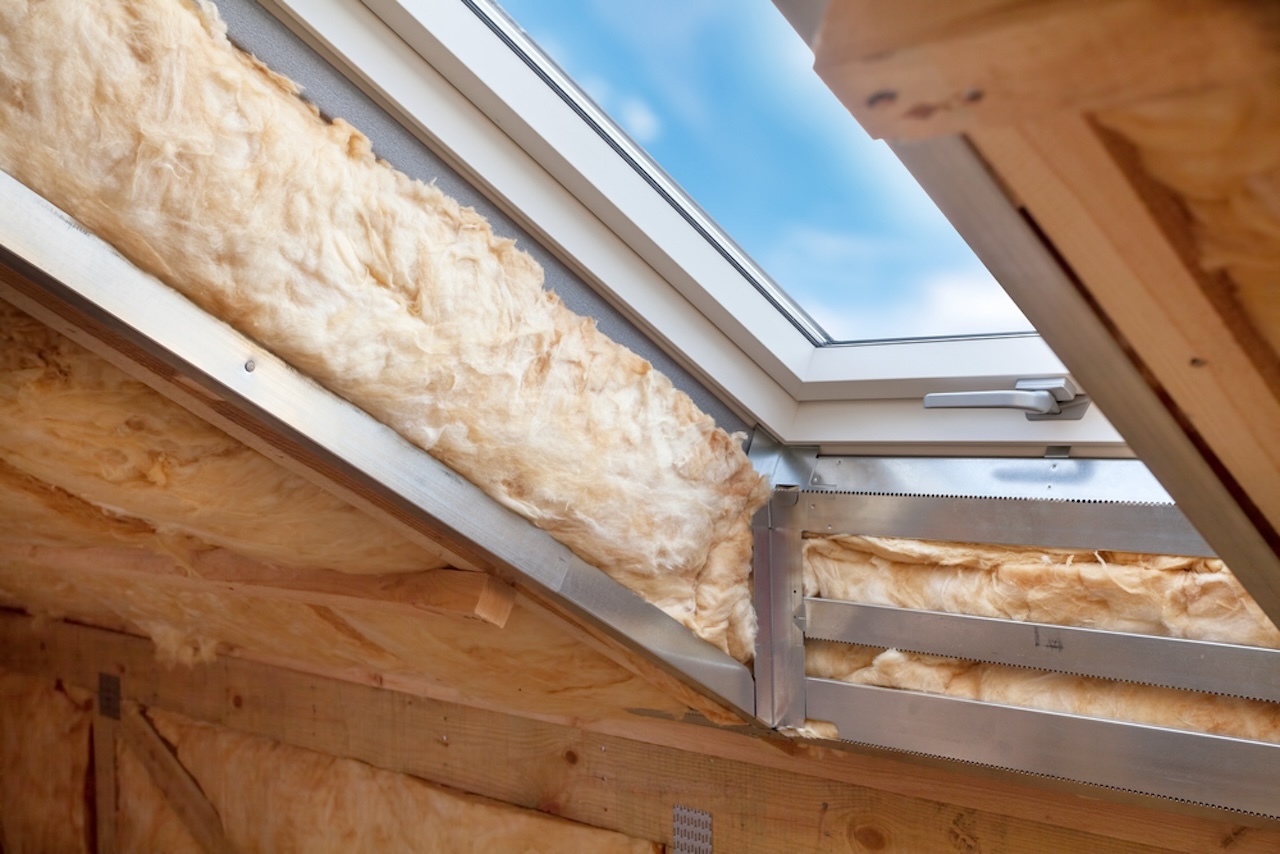
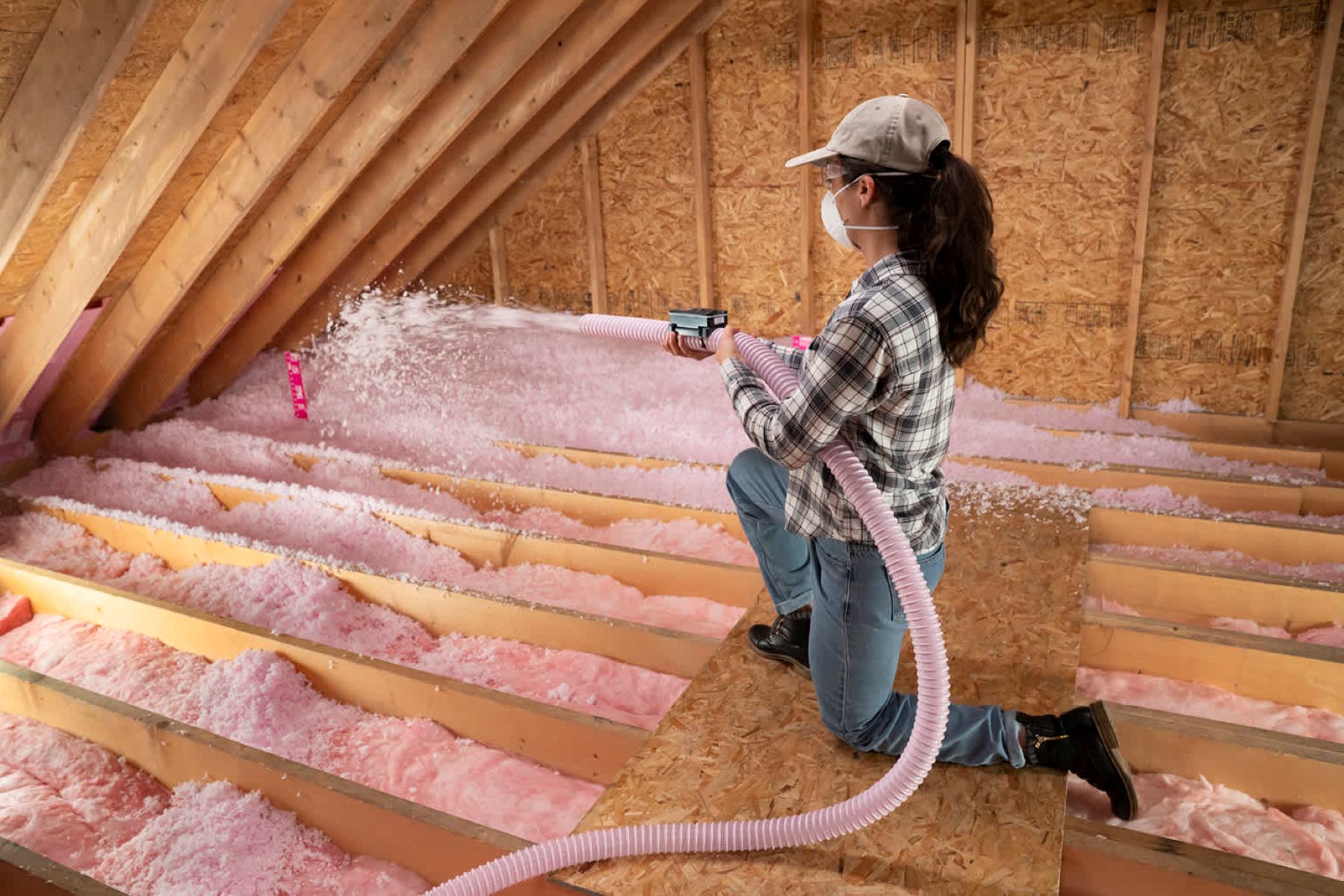
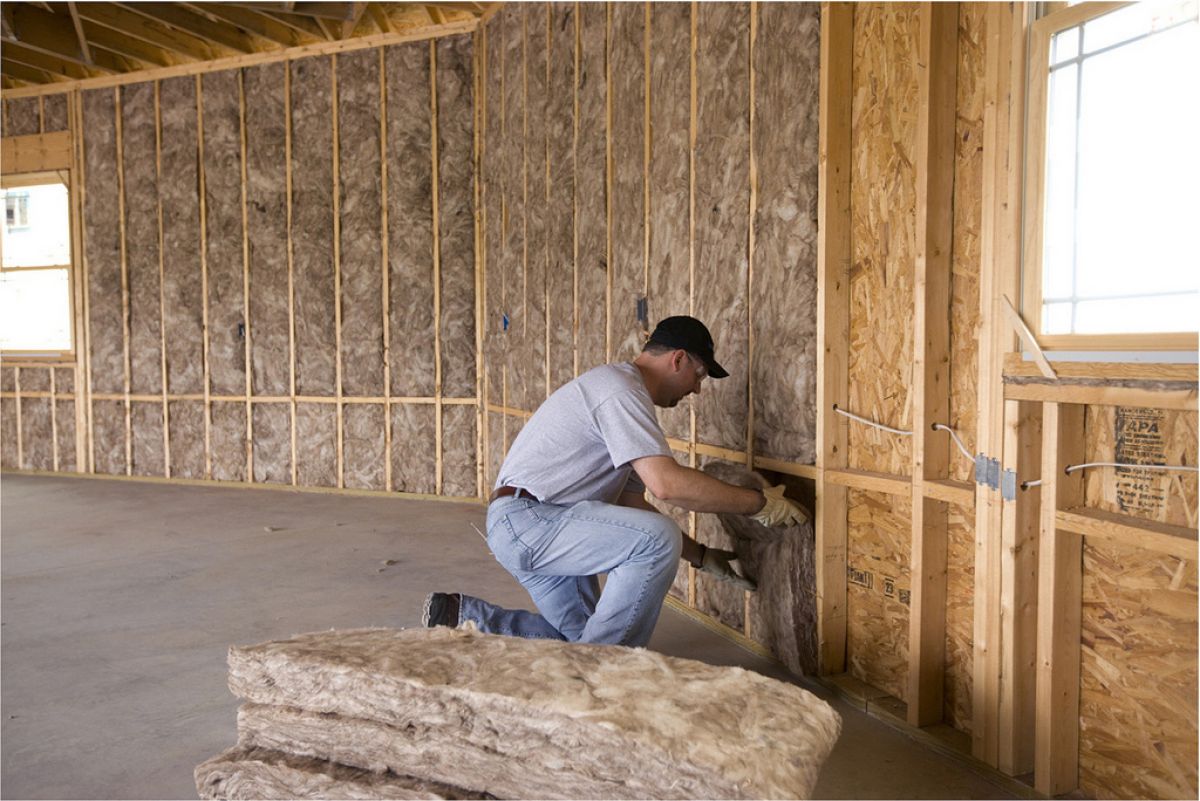

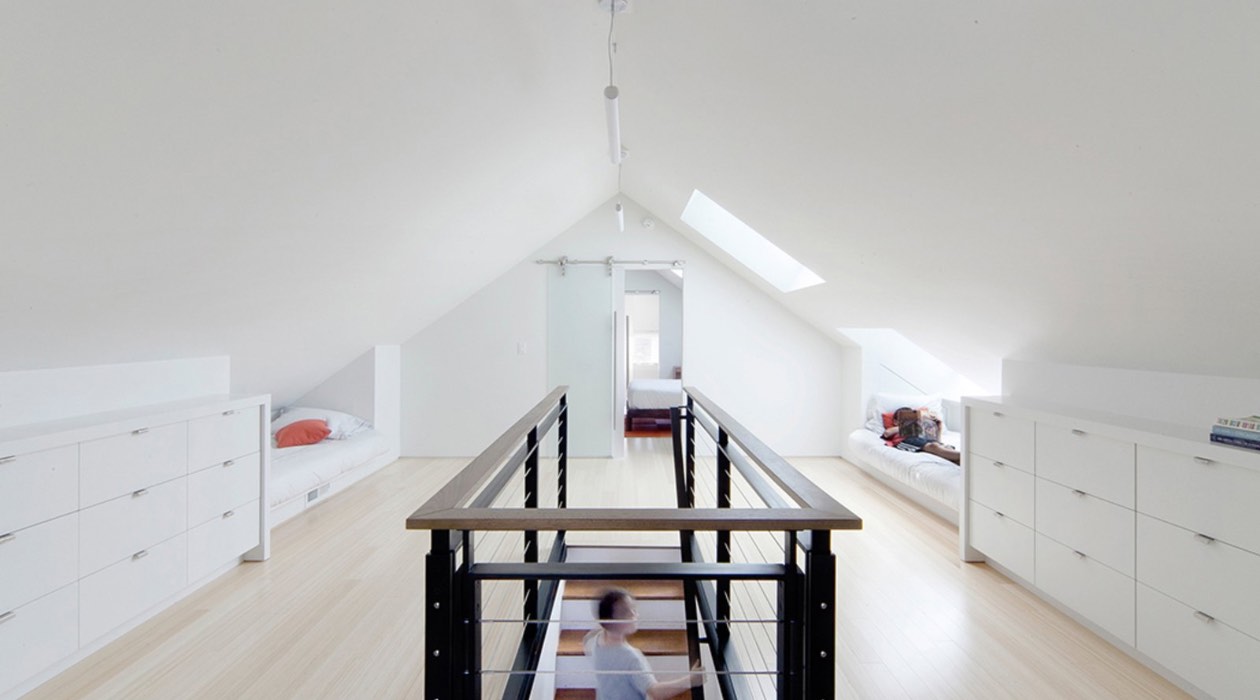
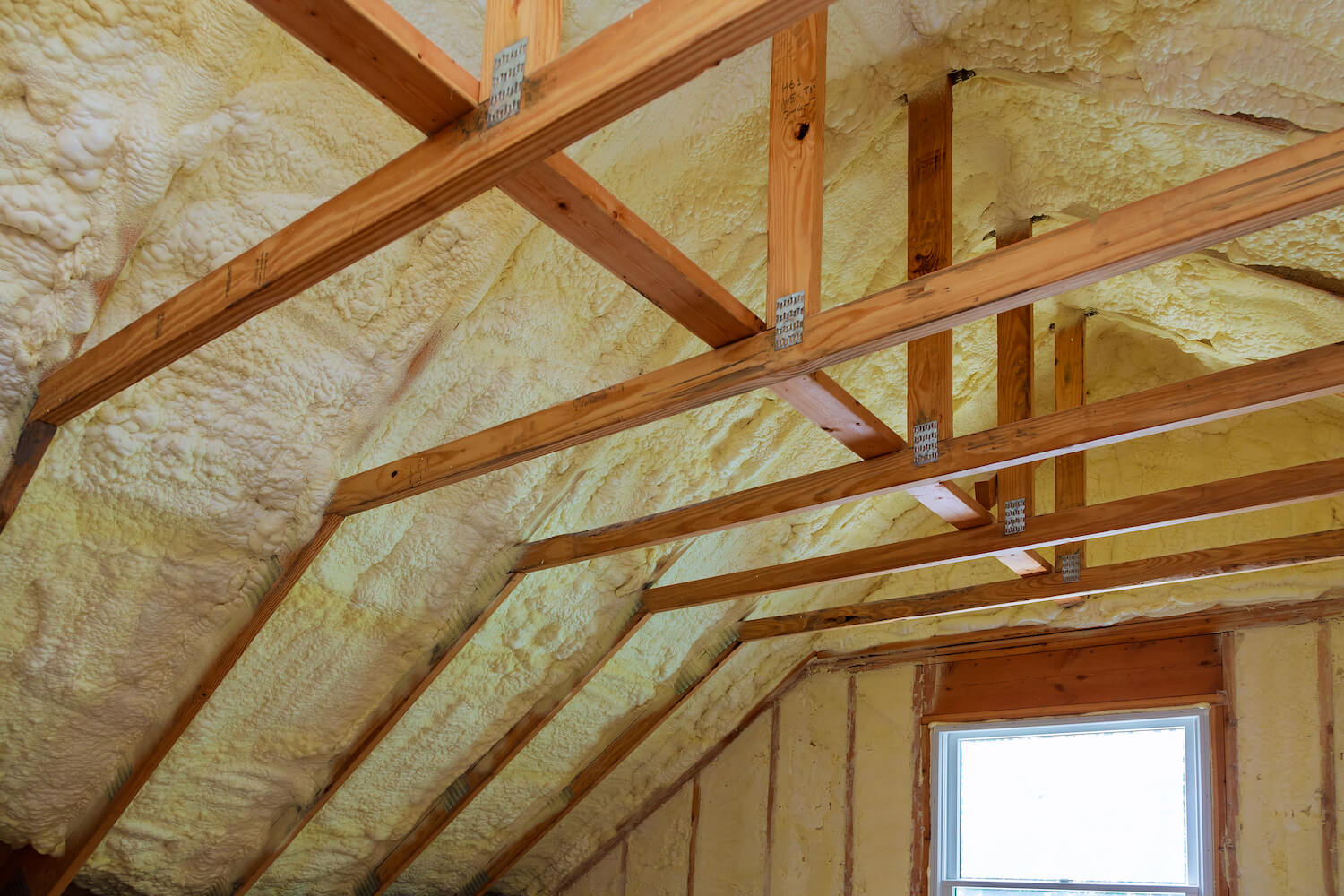
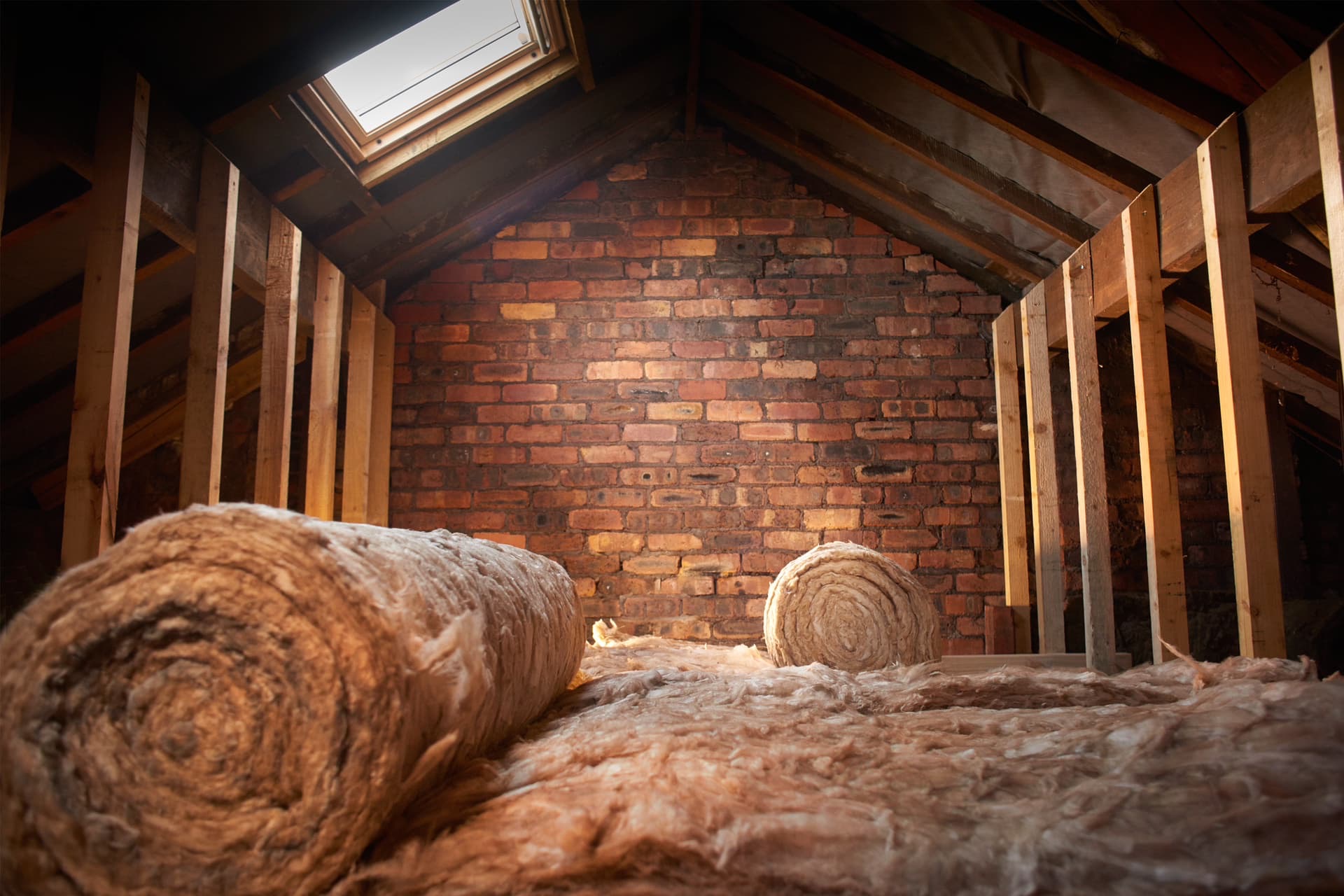
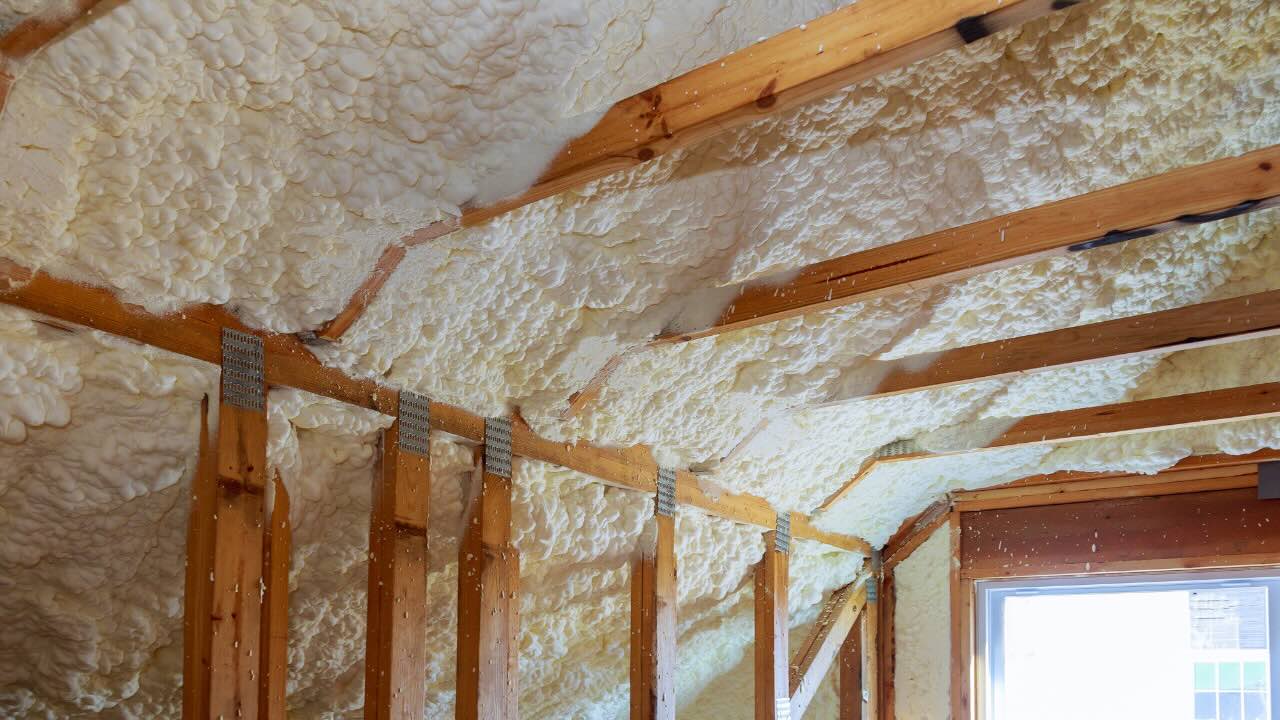
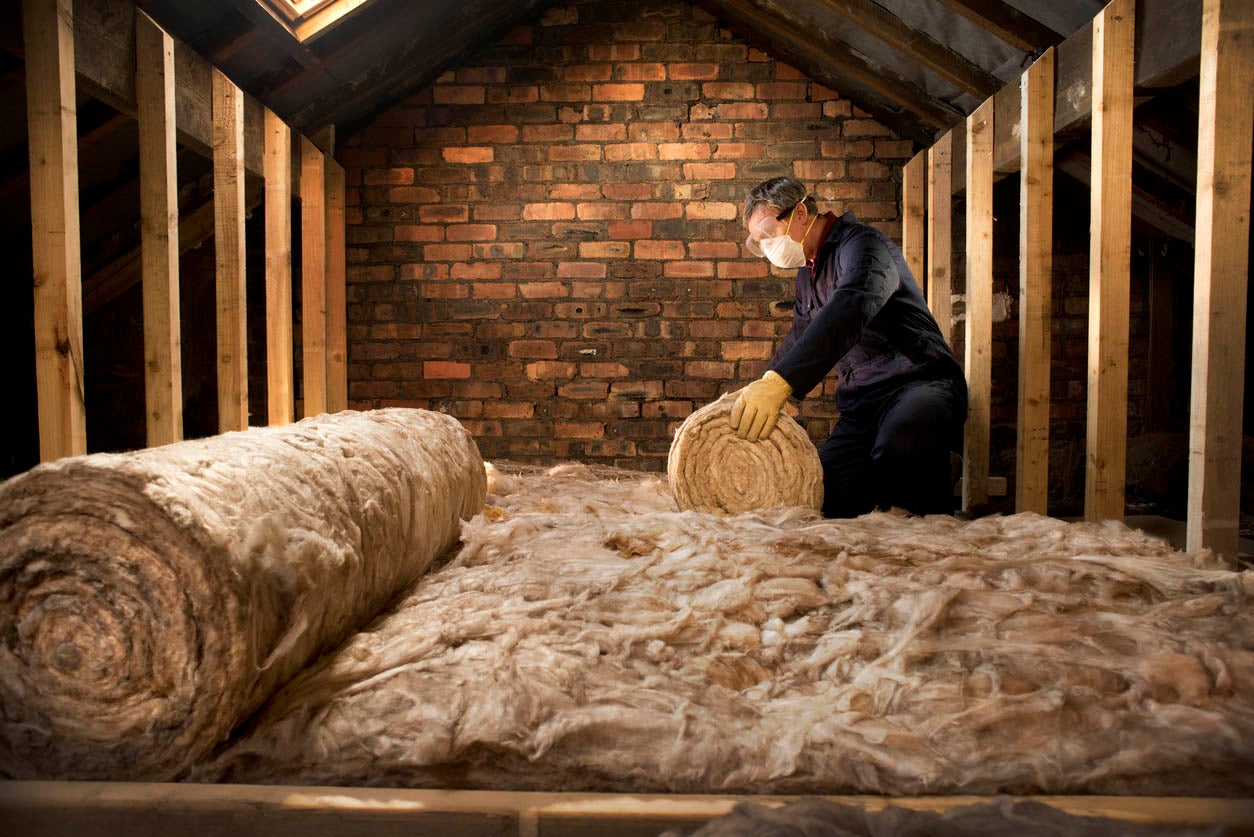
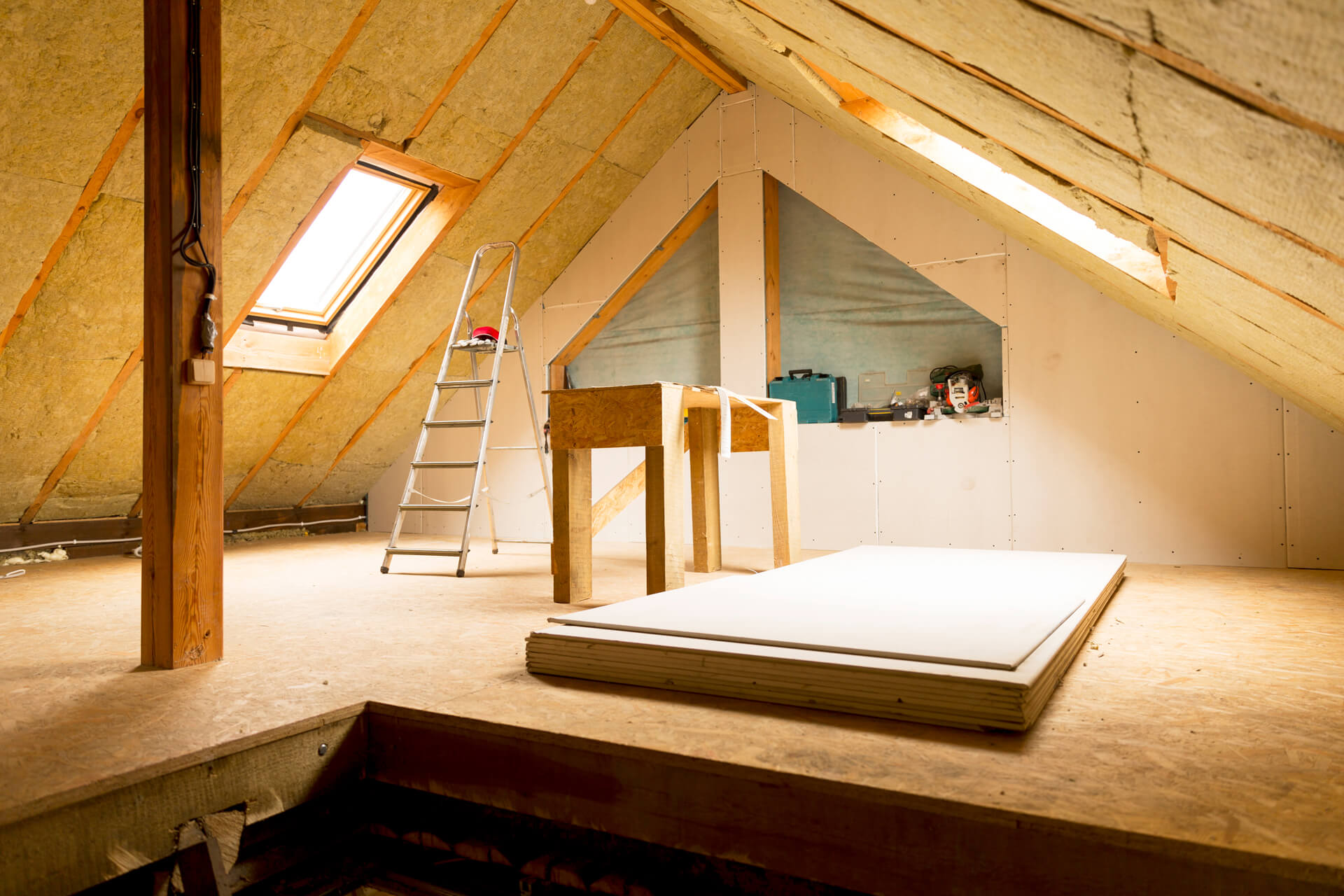
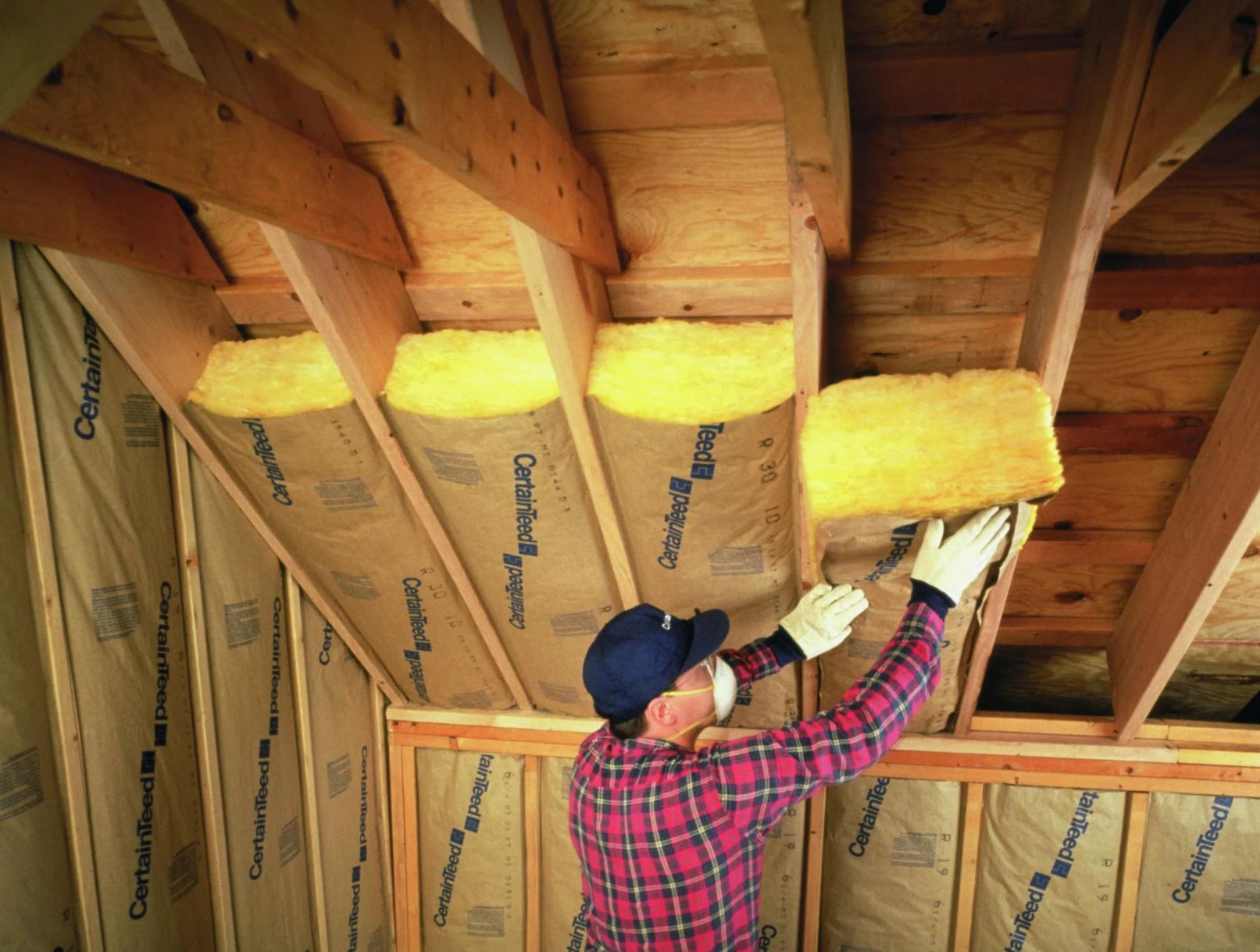
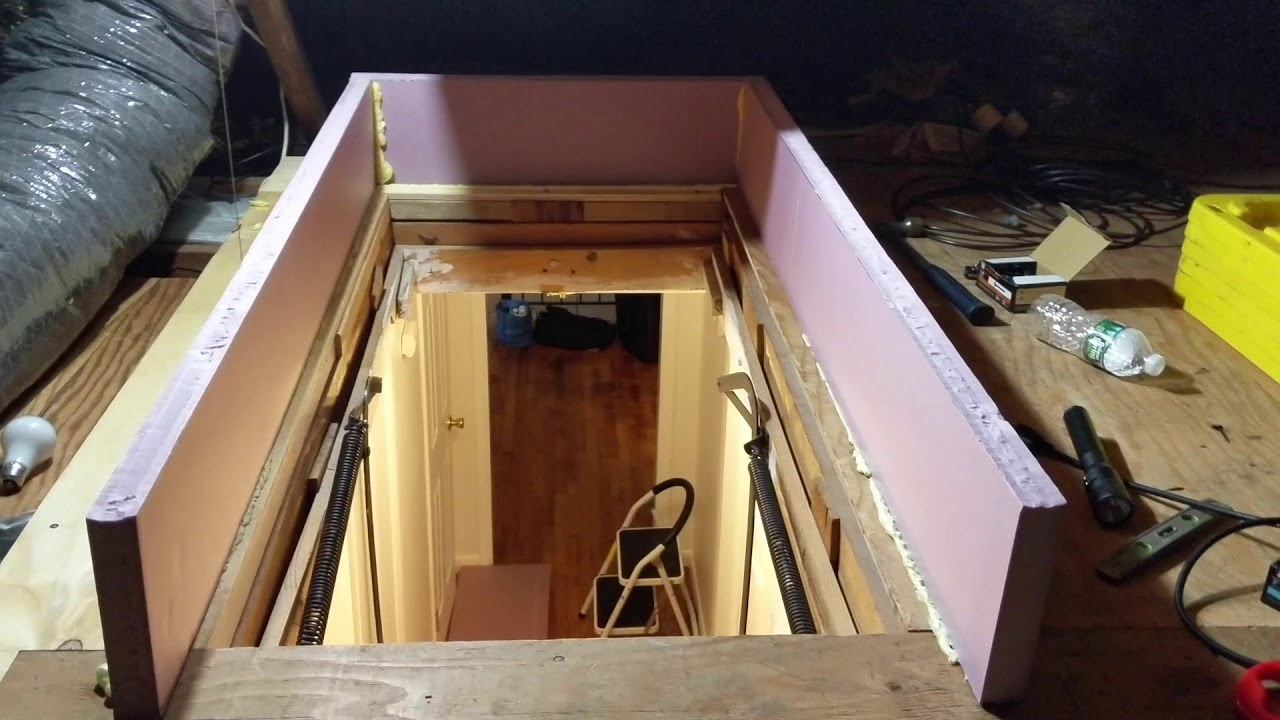
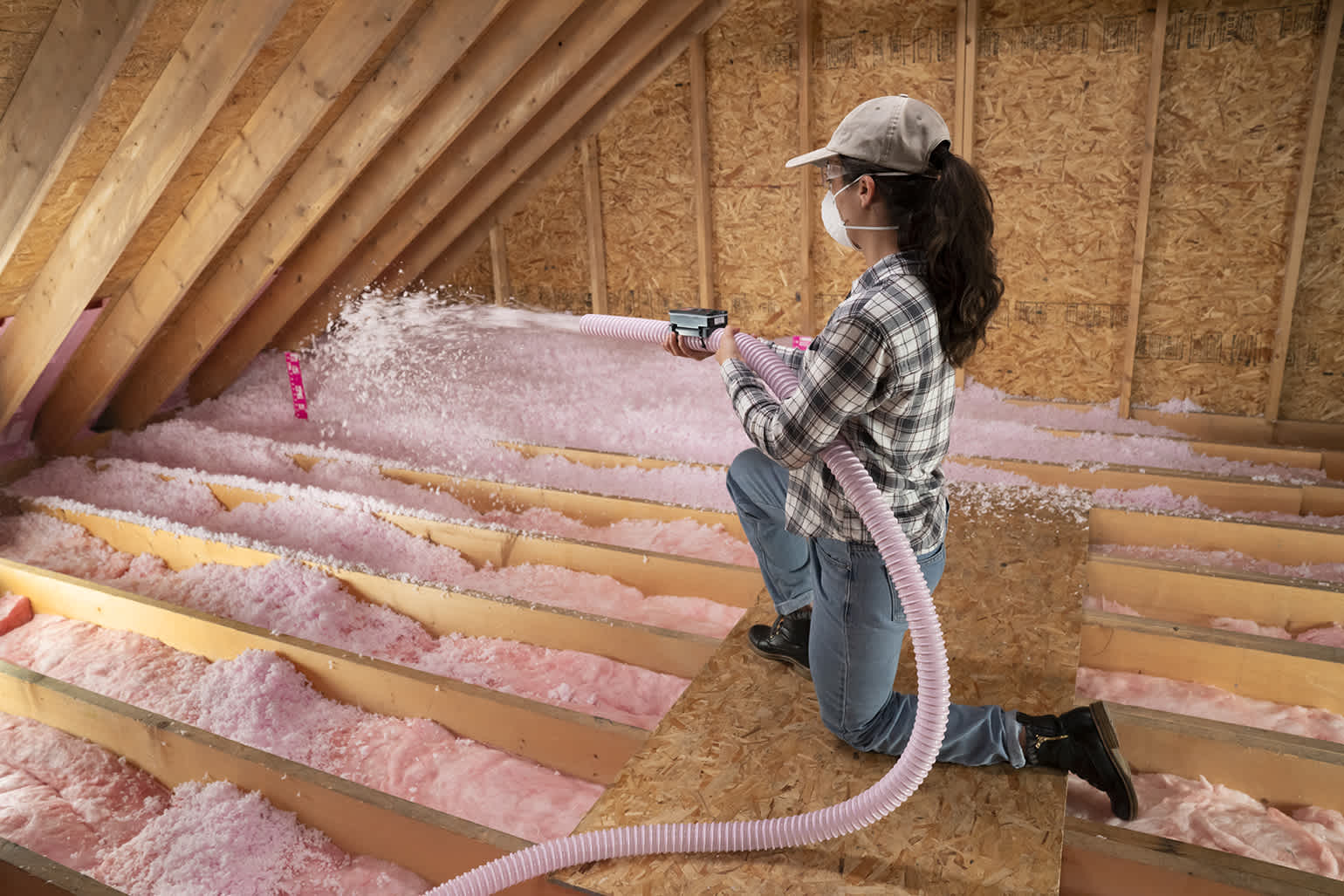
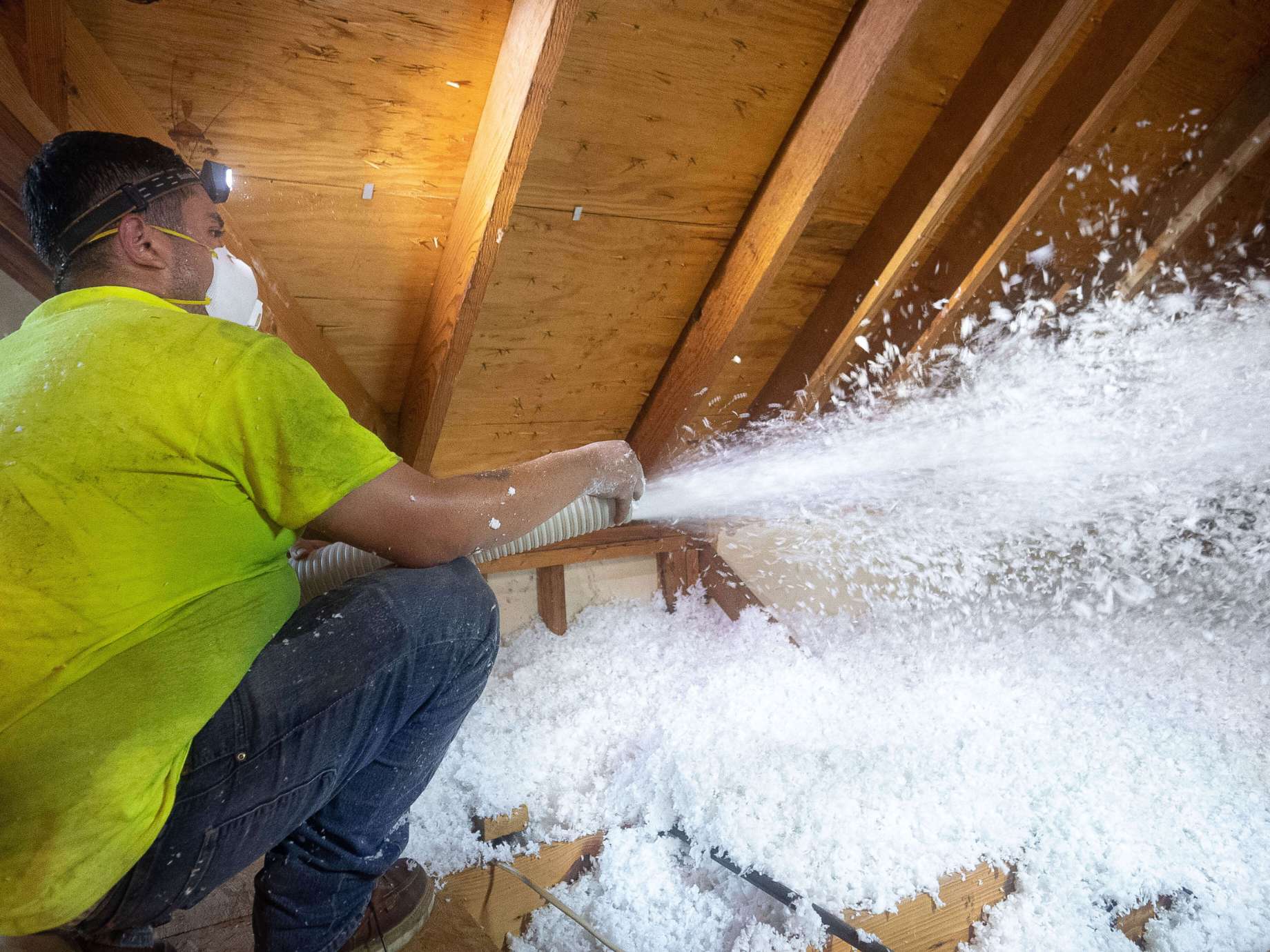

0 thoughts on “Which Type Of Insulation Is Best For Attic”